Advertisement
Owning a dog offers numerous benefits. These loyal companions provide consistent love, loyalty, emotional comfort, and limitless cuddles, especially during difficult times. While people may come and go, dogs remain by your side throughout their lives. With over 450 million pet dogs globally, their presence in homes is clearly significant.
Being a dog owner demands patience, time, and empathy. Because dogs can’t speak, miscommunications between humans and their dogs are common and can sometimes lead to frustration for both parties.
Fortunately, there are many ways to improve communication and strengthen your relationship with your dog. Here are 41 tips to help you better understand and connect with your furry companion.
#1 Not giving treats at the right time
Rewarding your dog with treats is more complex than it seems. Specialists recommend providing treats only when your dog is calm, ideally when they’re sitting or lying quietly.
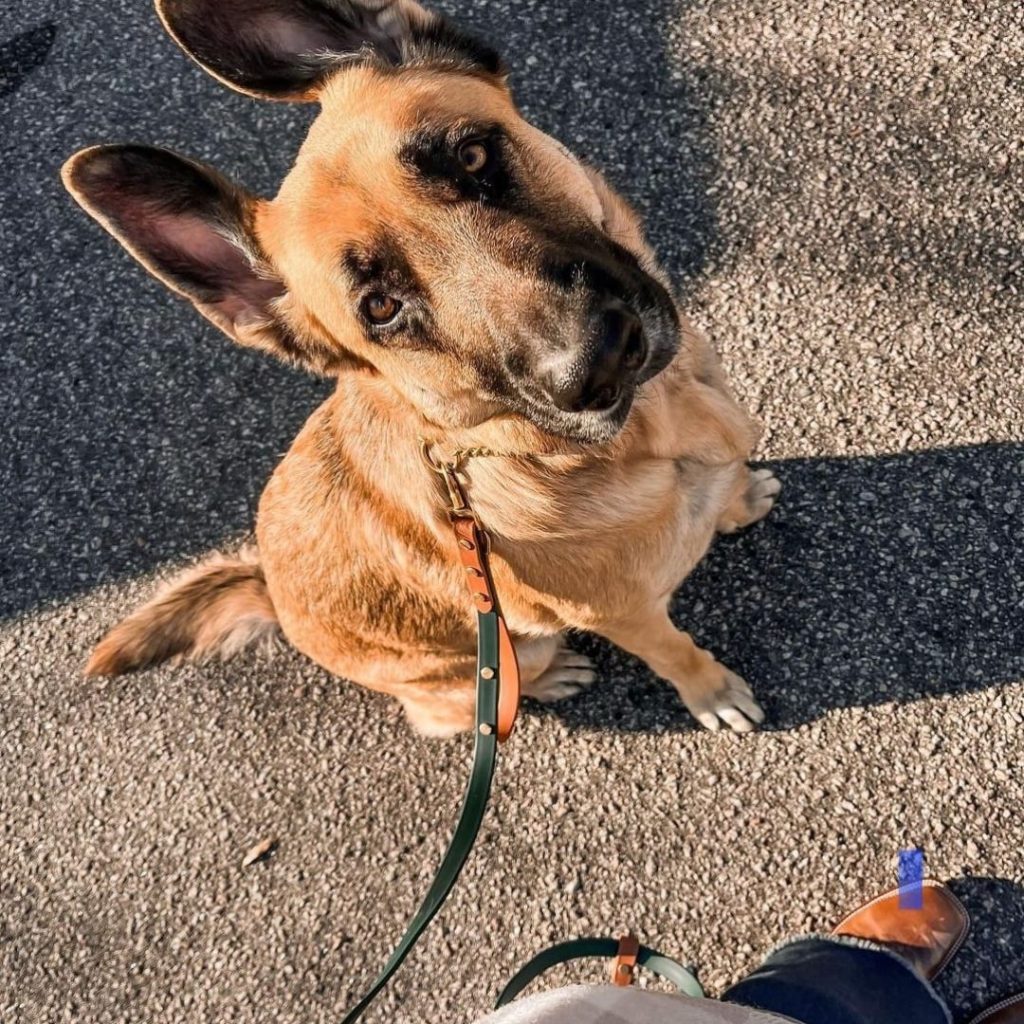
Refrain from giving treats during meals since they shouldn’t take the place of a healthy diet. Timing is essential—avoid giving them too early or too late. A few minutes after a meal is the perfect time for a delicious reward.
#2 Leaving your dogs for a bit
Leaving your dog at home when you go to work, school, or are traveling is often necessary. However, dogs may not understand these responsibilities and can feel abandoned when left by themselves.
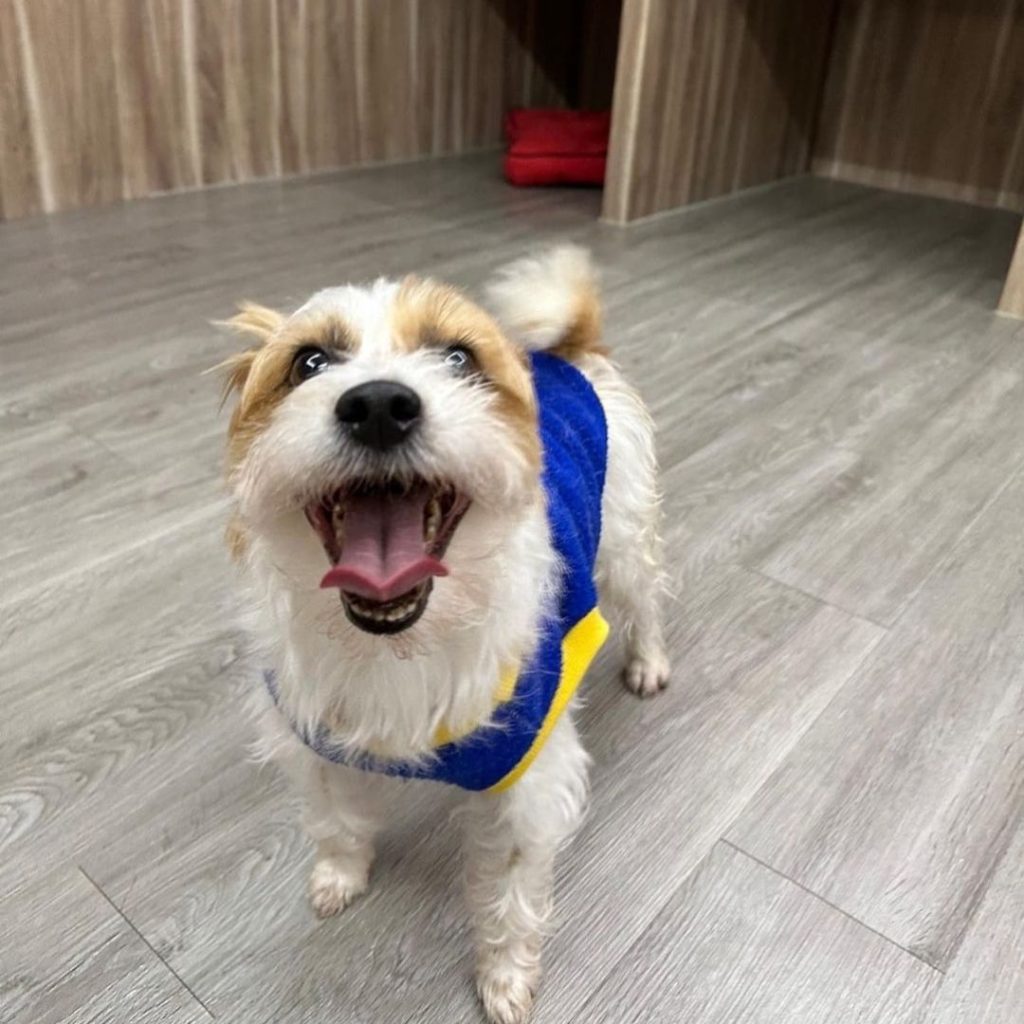
Dogs, unlike humans, do not have a sense of time, causing even brief separations to seem long to them. Recognizing this can help you find ways to alleviate their loneliness.
#3 The low growl
Dogs are loving and devoted, but they can also be possessive, particularly about people they care for the most. A soft growl isn’t always a sign of an impending bite; it’s often just a warning.

If your dog is growling softly, it might be indicating that it feels uneasy or doesn’t want to share its toys, food, or even attention. Acknowledge this sign and back off smoothly.
#4 The meaning of howling
Dogs naturally howl to announce their presence, attract attention, or communicate with others.

It doesn’t necessarily mean something bad. Sometimes, it’s simply caused by irritation, such as the scent of citrus fruits. Be ready to explore the reason when your dog suddenly howls.
#5 Sleeping on the stomach
Dogs choose different sleeping positions, with each one indicating aspects of their comfort or surroundings. The position where they sleep on their stomachs, resembling the posture of a lion, is often selected to help them cool down.

Veterinarians mention that although this position aids in regulating temperature, it might not allow for the most restful sleep.
#6 The right amount of exercise
Just like humans, dogs require regular physical activity to maintain good health. Depending on their breed and age, it’s advisable that they get between 30 minutes to 2 hours of exercise each day.
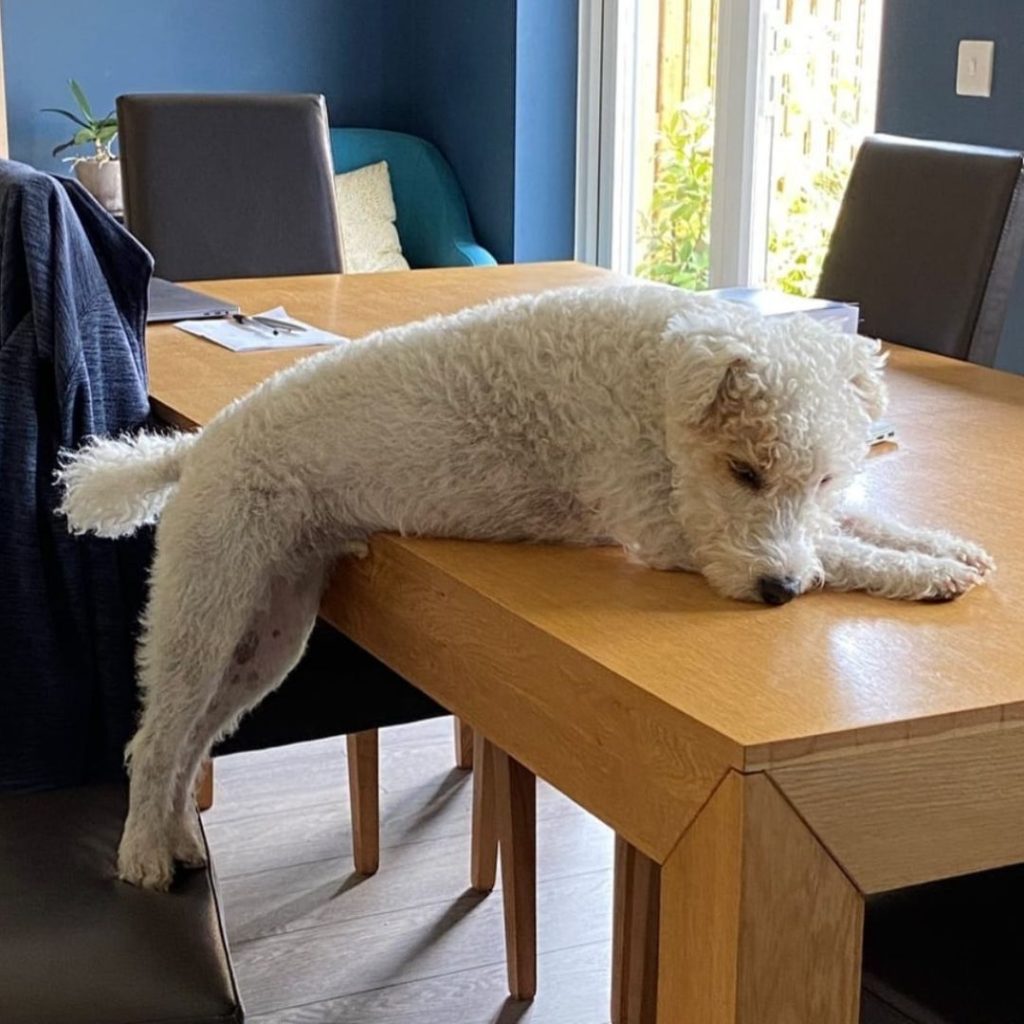
The quality is just as important as the quantity. Basic activities such as daily walks can assist your dog in expending energy and enhancing your connection.
#7 Side-sleeping pooches
When dogs lie on their side while sleeping, it typically means they feel secure and at ease. This usual posture shows trust and satisfaction.

In this position, their vital organs are exposed, which further highlights their feeling of safety in their surroundings.
#8 Rules that can be bent or broken
Dogs do well with consistency. Creating and maintaining rules helps set boundaries and makes sure they don’t become confused or stressed.

Do not allow them to break the rules one day and enforce them the following day, as this inconsistency can result in misbehavior.
#9 Knowing they bark
Not every bark indicates distress or a threat. Carefully observe the pitch and pattern of your dog’s bark to grasp its mood.

A progressively increasing bark typically signifies excitement and a wish to play. A higher-pitched bark suggests joy and eagerness.
#10 Understanding puppy eyes
Puppy eyes are one of the most charming expressions dogs use to show affection and trust towards their owners.

When your dog gazes at you like this, it’s their method of expressing love and wanting your attention.
#11 Chasing tails
Chasing their tail is a typical behavior for younger dogs, who might not understand that their tail is part of their own body.
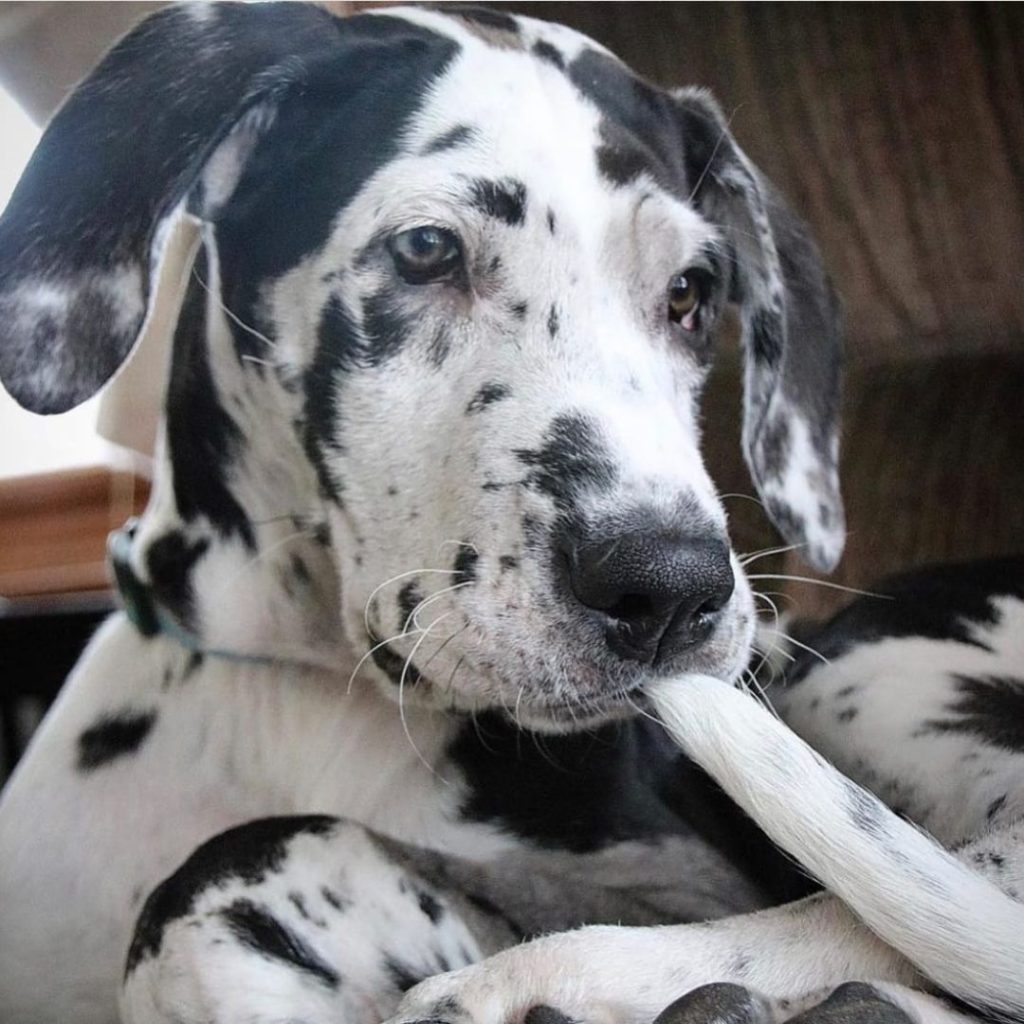
In the case of older dogs, it might suggest boredom or unspent energy. Offering exercise and mental challenges may help stop this behavior.
#12 Changing your smell often
Dogs heavily depend on their sense of smell, which is much more advanced than that of humans.

Regularly changing your scent, like using different perfumes, can confuse them. Use familiar scents to help them feel secure.
#13 Allowing your dog to nip your hand
Although playful nipping might appear harmless, it can cause dogs to become confused about boundaries.
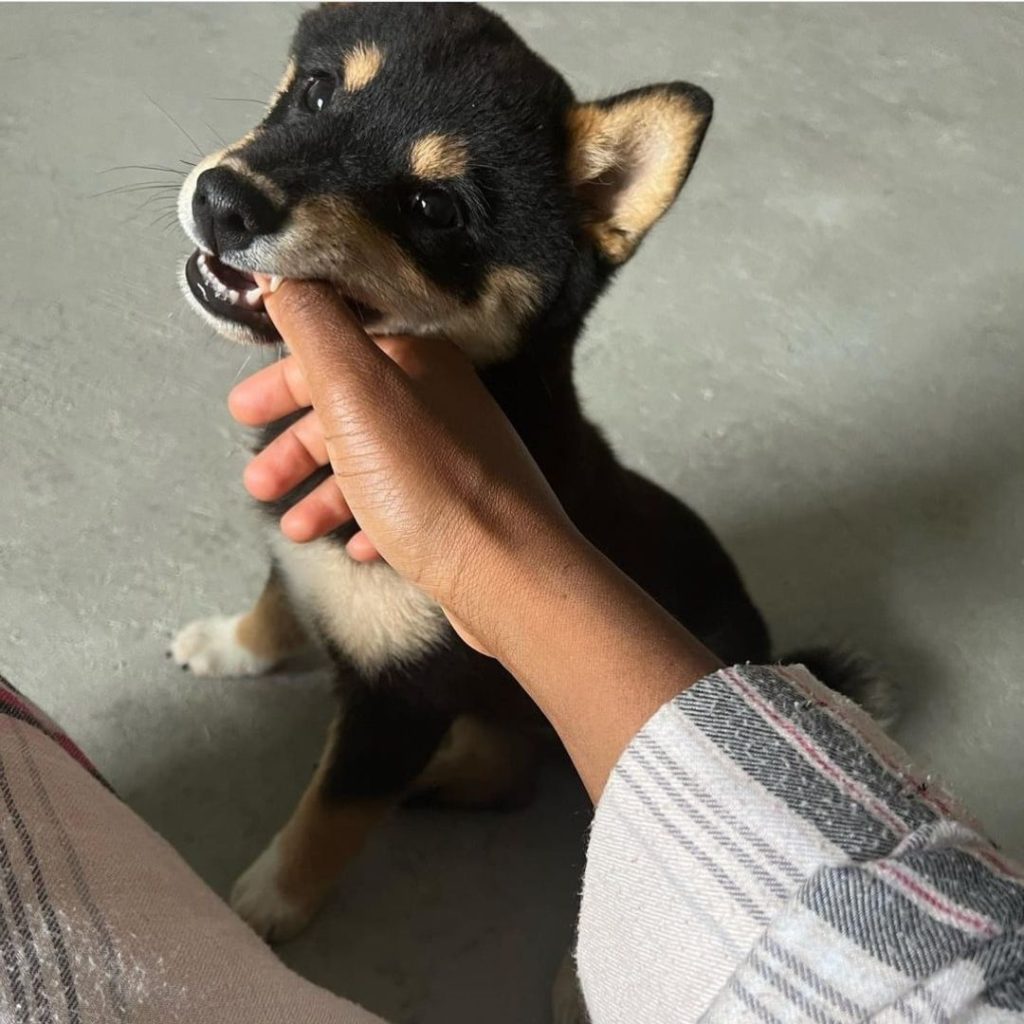
Dogs might not differentiate between gentle nibbling and biting, which can pose challenges, particularly around youngsters. It’s important to teach them to avoid this behavior early on.
#14 Sleeping back-to-back with other dogs
Another interesting dog sleeping position is the back-to-back style. Unlike the cuddler position, in this case, your dog chooses to snuggle back-to-back with another dog instead of a person.
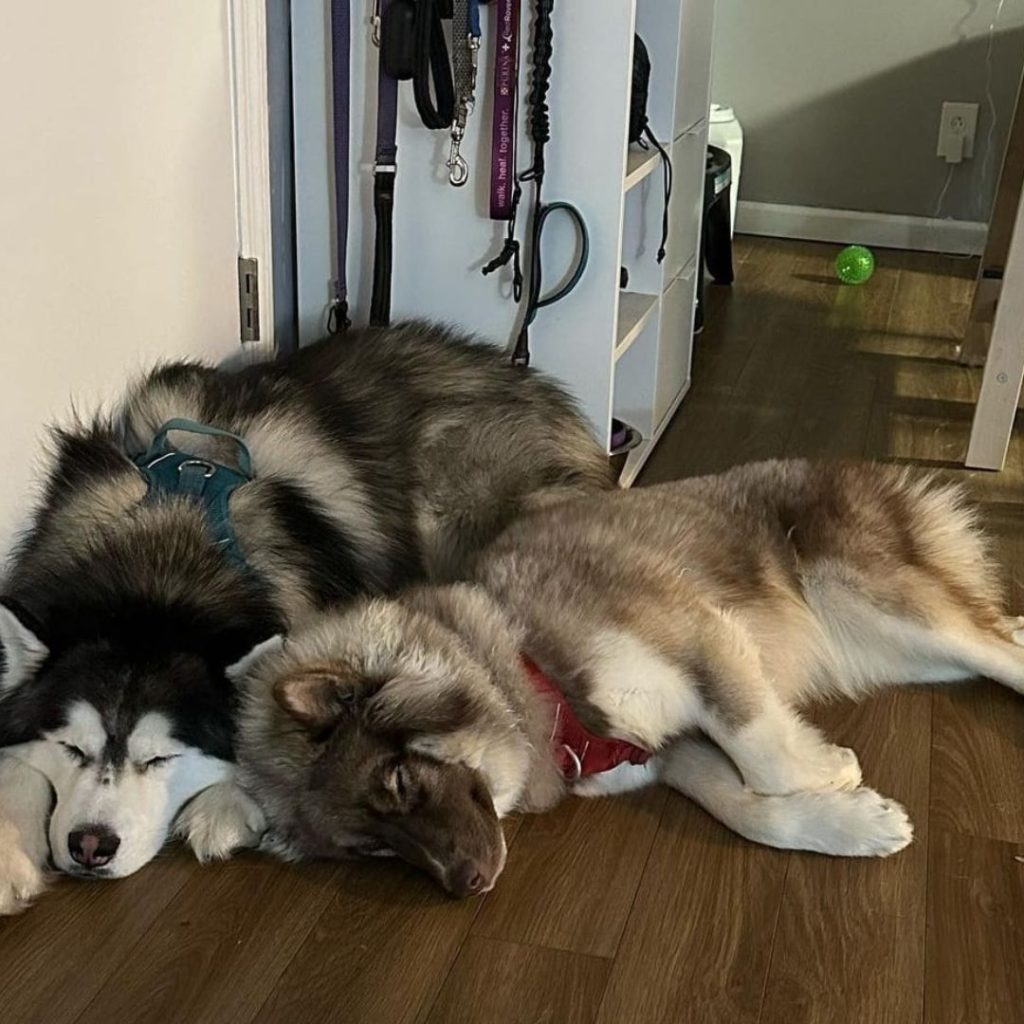
This position illustrates trust and affection between the dogs. It’s an indication that they feel secure and at ease with one another. Isn’t that just heartwarming?
#15 The proper way to deal with stressful situations
Stress affects not only humans but pets as well. Dogs might show signs of stress by whining, barking, pacing, shaking, panting, shedding, or changes in their body posture. Common stress triggers in dogs include loud noises like fireworks.
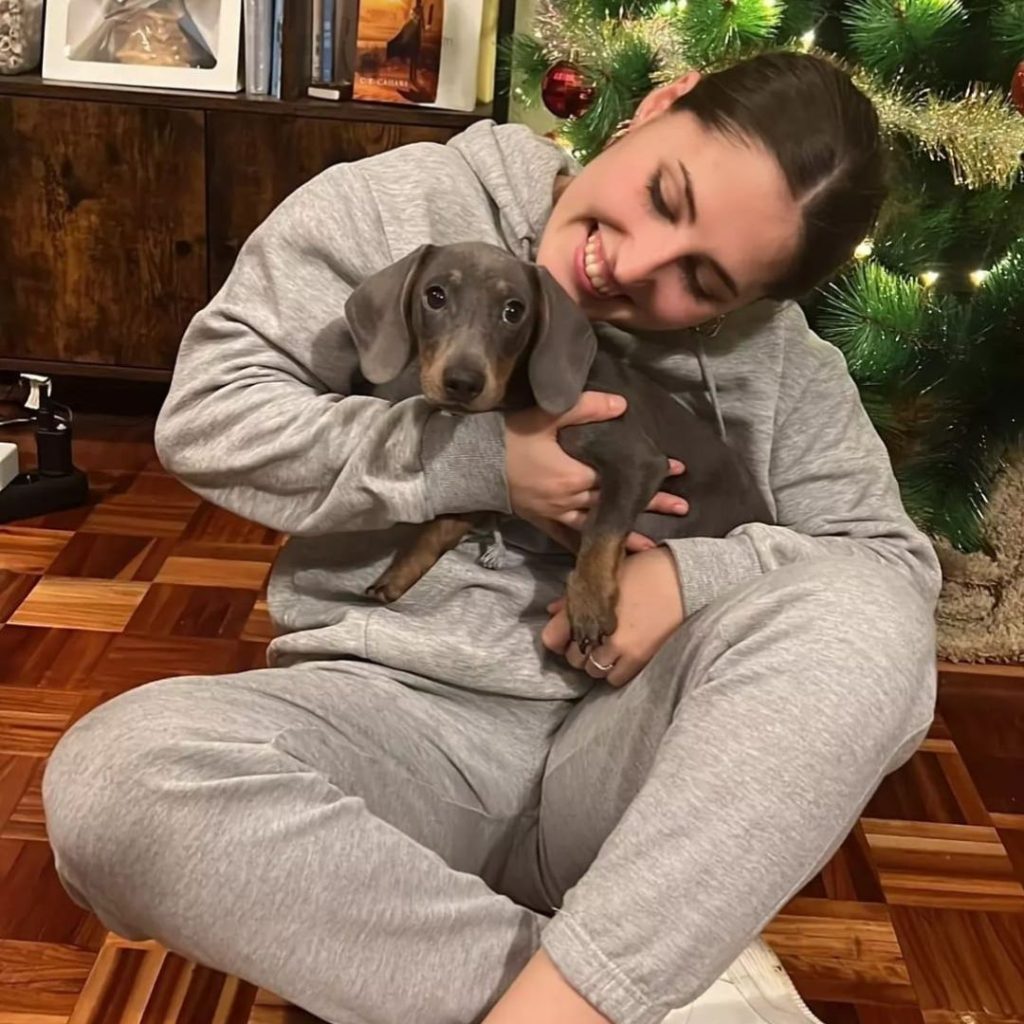
It’s important for pet owners to properly handle their dog’s stress. Refrain from whispering soothing words, as this can unintentionally strengthen fear and promote undesirable behaviors.
#16 Being too handsy for comfort
Reaching your hands out in front of a dog’s face can confuse or startle them, which might cause issues. Although people frequently offer their hand for a dog to smell, some dogs might perceive this action as threatening.
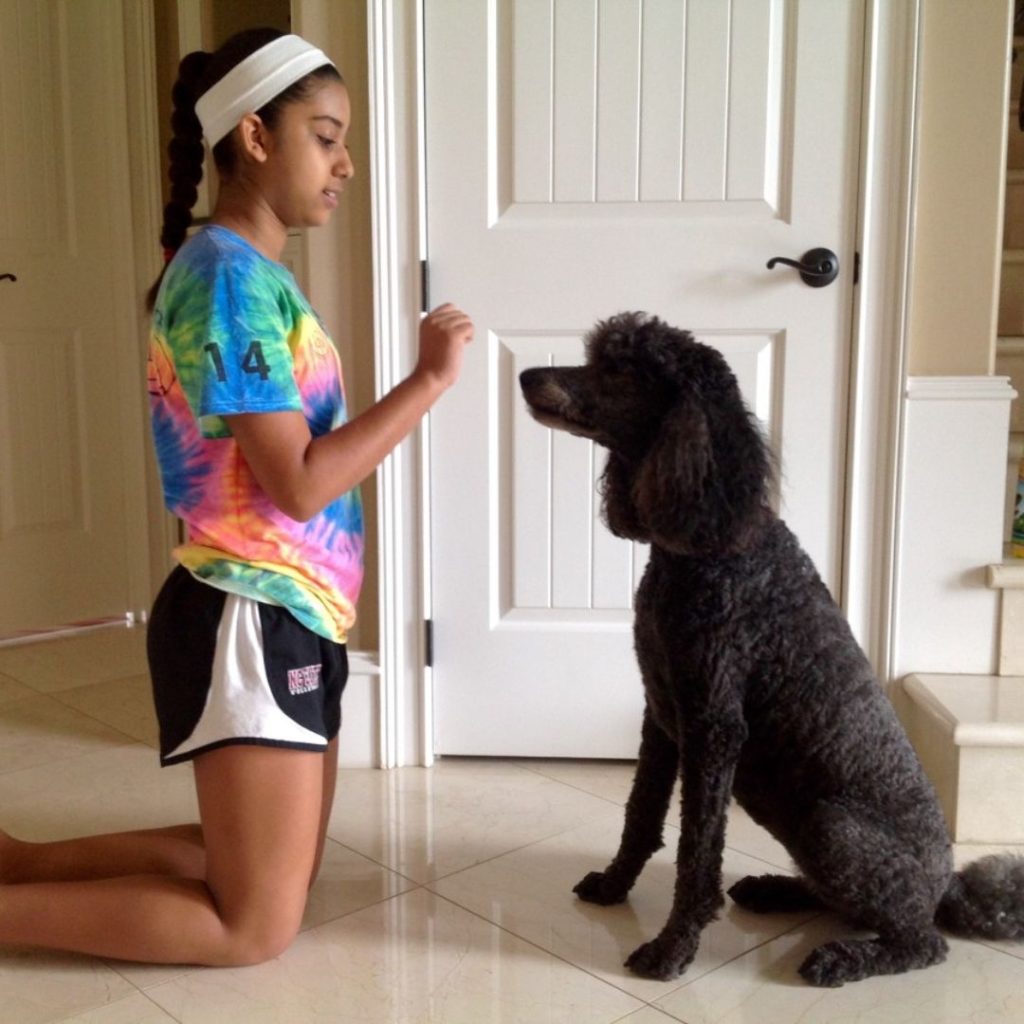
Be mindful of where you place your hands around dogs, as their instincts and boundaries might cause them to have a defensive reaction, like biting, if misinterpreted.
#17 Sleeping with their legs spread
Dogs sleep in some of the most charming and intriguing positions. One example is when they lie with their legs splayed out, which may appear strange to humans.

This posture represents trust and ease. A dog that sleeps this way feels secure and at ease in its environment, as it is ready to be in a vulnerable position.
#18 Not letting things go
As a dog owner, it’s crucial to forgive and let go of your pet’s occasional misbehavior. Although it’s normal to feel upset temporarily, holding onto resentment only confuses your furry companion.

Dogs don’t focus on past actions, and you shouldn’t either. Letting go helps build a positive and trusting relationship with your pet.
#19 Making sense of your dog’s high ears
When a dog’s ears stand up, it typically means something has grabbed their interest. If the ears are accompanied by a relaxed tail and an open mouth, it suggests curiosity rather than alertness.
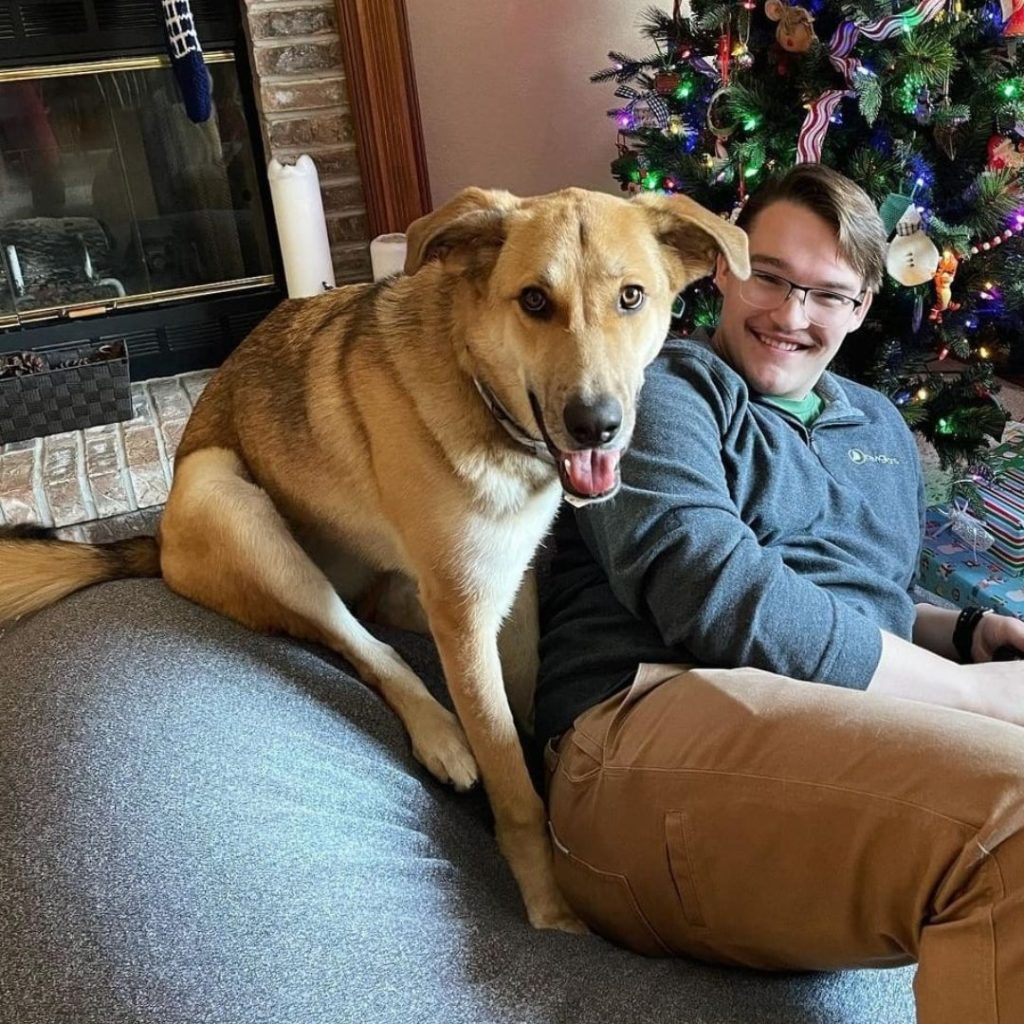
An open mouth indicates relaxation, so there’s no reason to be concerned if you notice all these signals at once.
#20 Choosing the right name
Choosing a name for your dog is a deliberate decision that needs careful thought. Steer clear of names that resemble commands such as “no,” “heel,” or “sit,” because these might confuse your dog.

Choose a simple name with two syllables that ends in a vowel, as this is generally easier for dogs to recognize and respond to.
#21 Dealing with dogs other than yours
Each dog undergoes different training and socialization, so it’s crucial to be careful around dogs you don’t know. What is effective with your dog might not be with others.

Hand signals or gestures can have different meanings for different dogs, so be cautious when interacting with an unfamiliar dog.
#22 The language of gift giving
Dogs have their own special way of expressing love, and one of those ways is through gift-giving. They might bring you things from the yard, such as sticks or sometimes things that are not as nice.

Although their presents might not be elaborate, they hold sincere intentions.
#23 The squint of love
A dog squinting isn’t always a sign of discomfort. If your dog is at ease and squinting when looking at you, it’s showing affection.

As long as there’s no indication of discomfort, like rubbing their eyes, you can appreciate this lovely expression of affection.
#24 The fox sleeping position
When a dog curls up closely like a fox, it’s attempting to maintain heat and shield its vital organs. This position is typical when they’re feeling somewhat cold.

Think about giving your dog a warm blanket or changing the room temperature to ensure their comfort.
#25 The act of snarling
A snarl, which involves a lifted lip and exposed teeth, clearly signals aggression. This action is not playful and shows that a dog feels threatened.
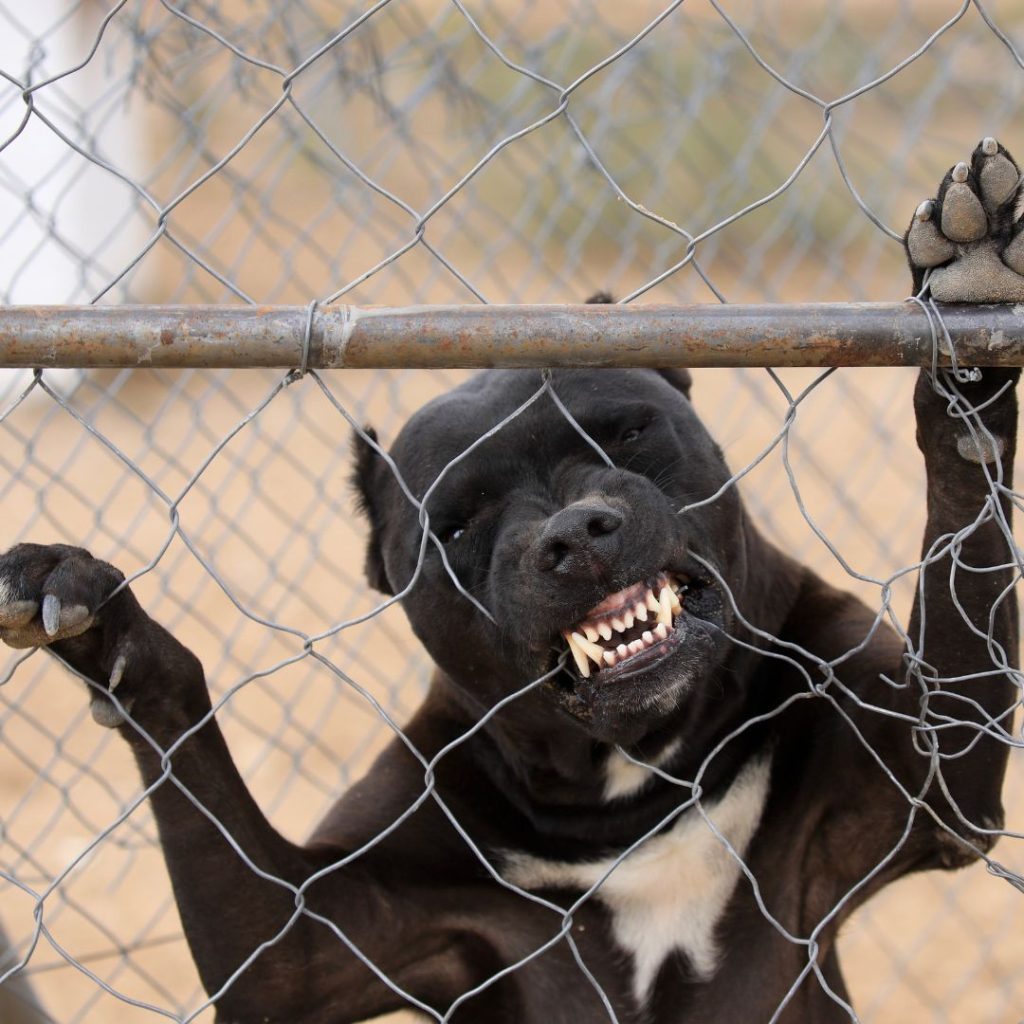
When a dog is growling, it’s advisable to leave them alone and not provoke them any more.
#26 Before hugging your dog
While humans regard hugs as a display of affection, dogs might not perceive them in the same manner. To many dogs, hugs can seem restrictive or intimidating.
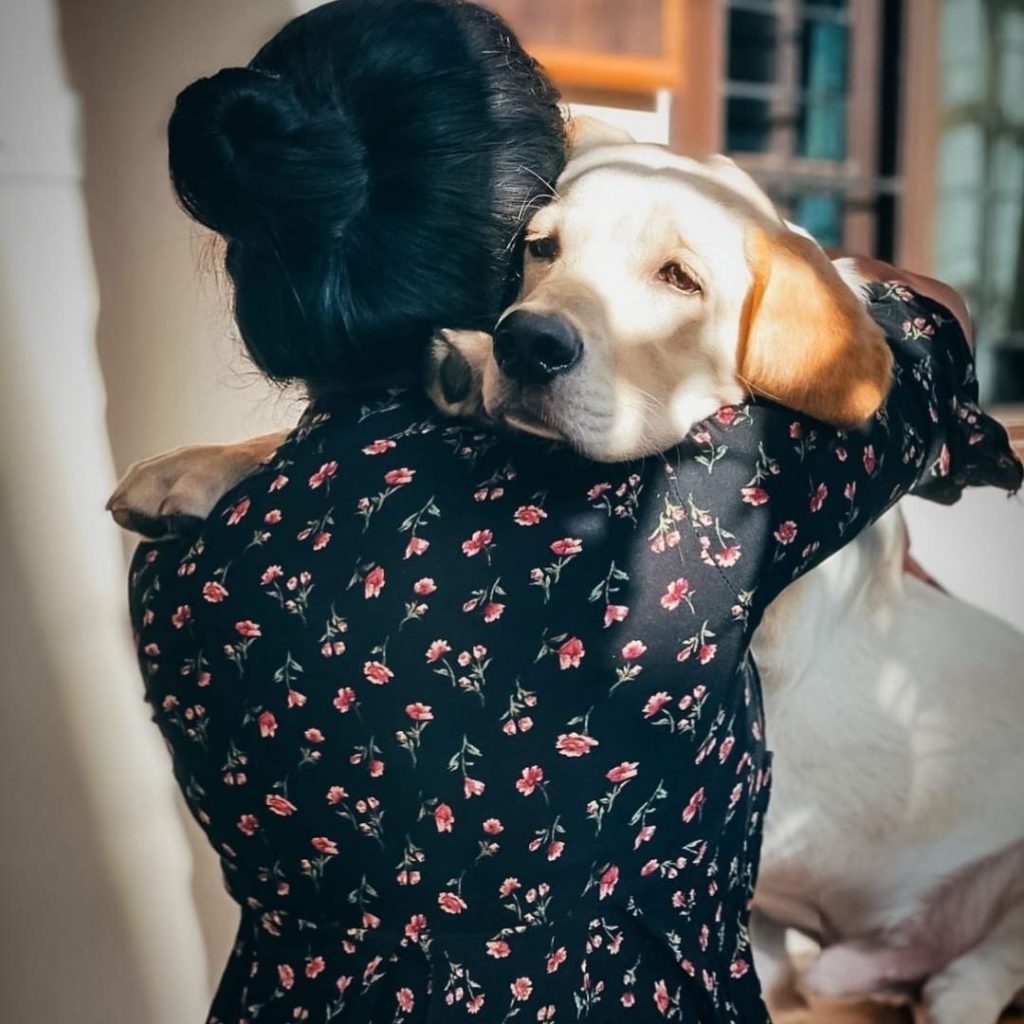
Consider your dog’s comfort level before hugging them, as they might just tolerate hugs instead of enjoying them.
#27 Things to consider before pointing
Pointing can be a useful way to communicate, but using it inconsistently might confuse your dog. For example, avoid using pointing to convey both positive and negative messages.
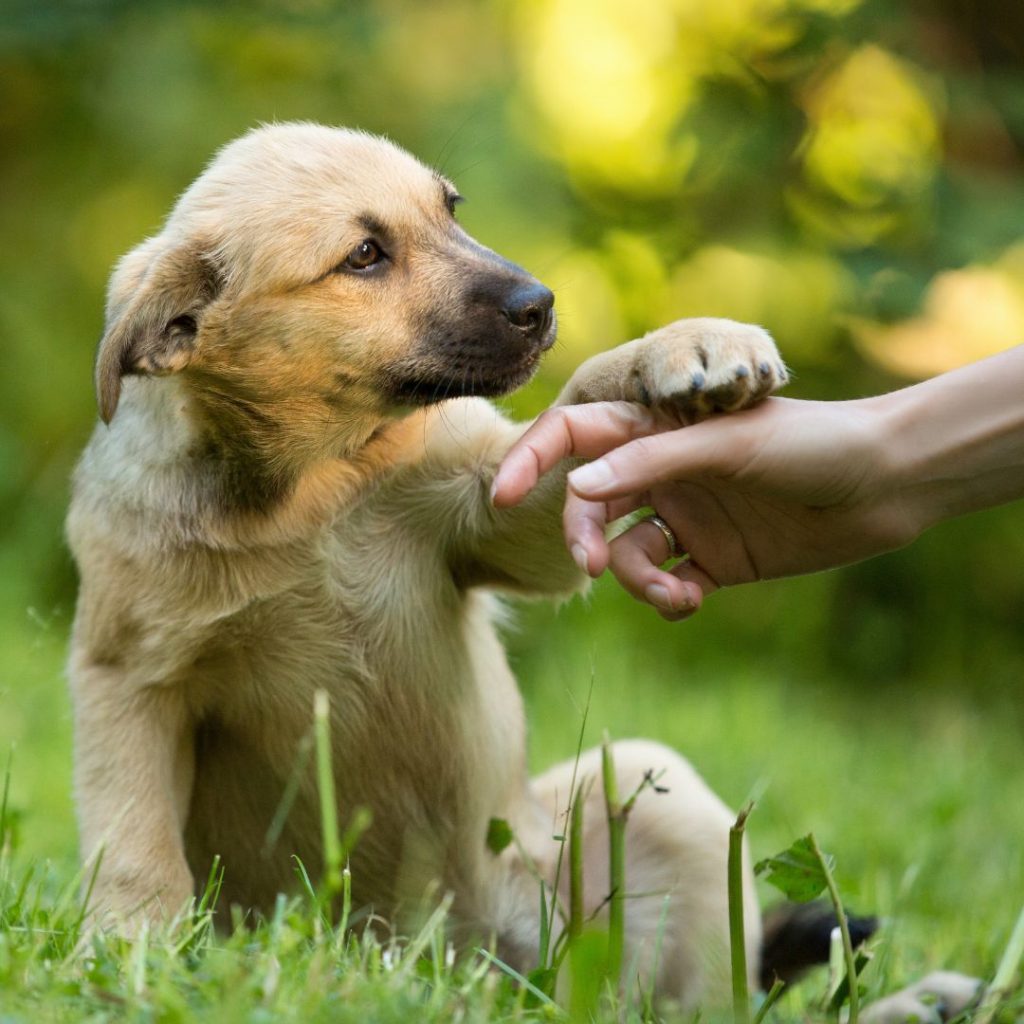
Ensure that your gestures are clear and purposeful to prevent mixed signals or misunderstandings.
#29 Obedience should have its rewards
An important guideline for dog owners is to consistently reward their pets for good behavior. If your dog doesn’t receive positive reinforcement for obeying commands, it may begin to question the benefits of being obedient.
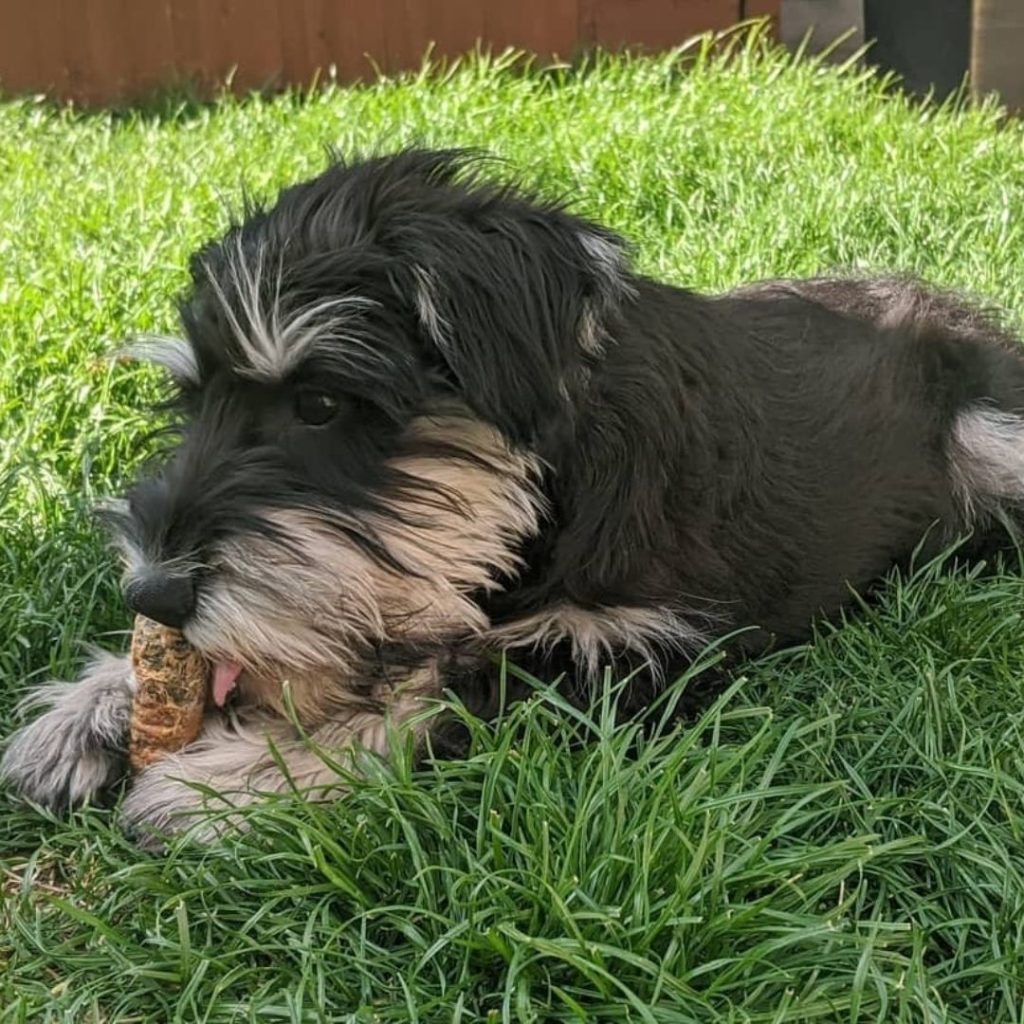
Rewards for obedience might be things like treats, petting, toys, or verbal praise. Many dogs particularly enjoy treats, especially when being trained, but it’s crucial to identify what works best for your individual dog, as each one is distinct. Be sure to reward them consistently!
#30 Not letting them be
Dogs are inherently untidy animals, and expecting them to be impeccably clean isn’t practical. Pet owners should embrace the fact that their dogs will occasionally bring in mud or items from outdoors. This behavior is just a natural aspect of who they are.
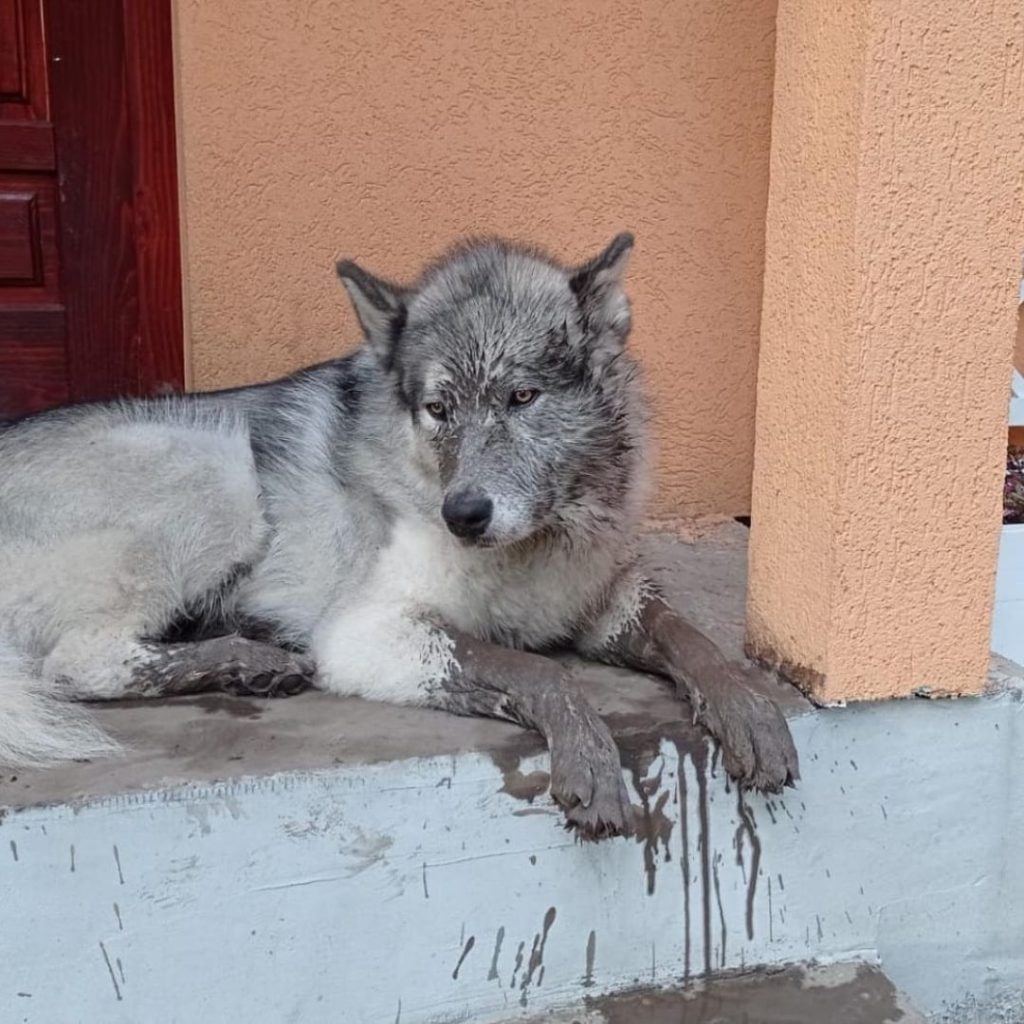
Although tidying up requires effort and time, it’s an essential part of being a dog owner. If this obligation feels too daunting, you might want to rethink having a pet.
#31 Dogs on alert
When dogs are vigilant, their body language reveals it. You’ll see a tense or leaning-forward posture, wide eyes, ears pointing forward, and a tightly closed mouth. Their tail may stand up straight and occasionally wag.

This alert stance typically occurs when dogs come across something that captures their interest, and they’re attempting to gather more information. Their ears shift forward to pick up specific sounds. If they aren’t consistently anxious, there’s no reason to worry.
#32 The Superman pose
Have you ever observed a dog lying flat on its stomach with its front legs stretched forward and its hind legs extended backward? This playful posture is referred to as the “Superman pose.”
sploot
, frequently observed in lively puppies.

This position indicates that the dog is fatigued but still prepared for activity. It’s their method of relaxing while remaining ready for play at any given moment.
#33 Communication through butt sniffing
Although it might appear strange to people, sniffing each other’s rear end is a crucial way for dogs to communicate. Even the slightest alteration in odor can disclose a great deal—such as where the other dog has visited, what they have consumed, or what activities they have engaged in.
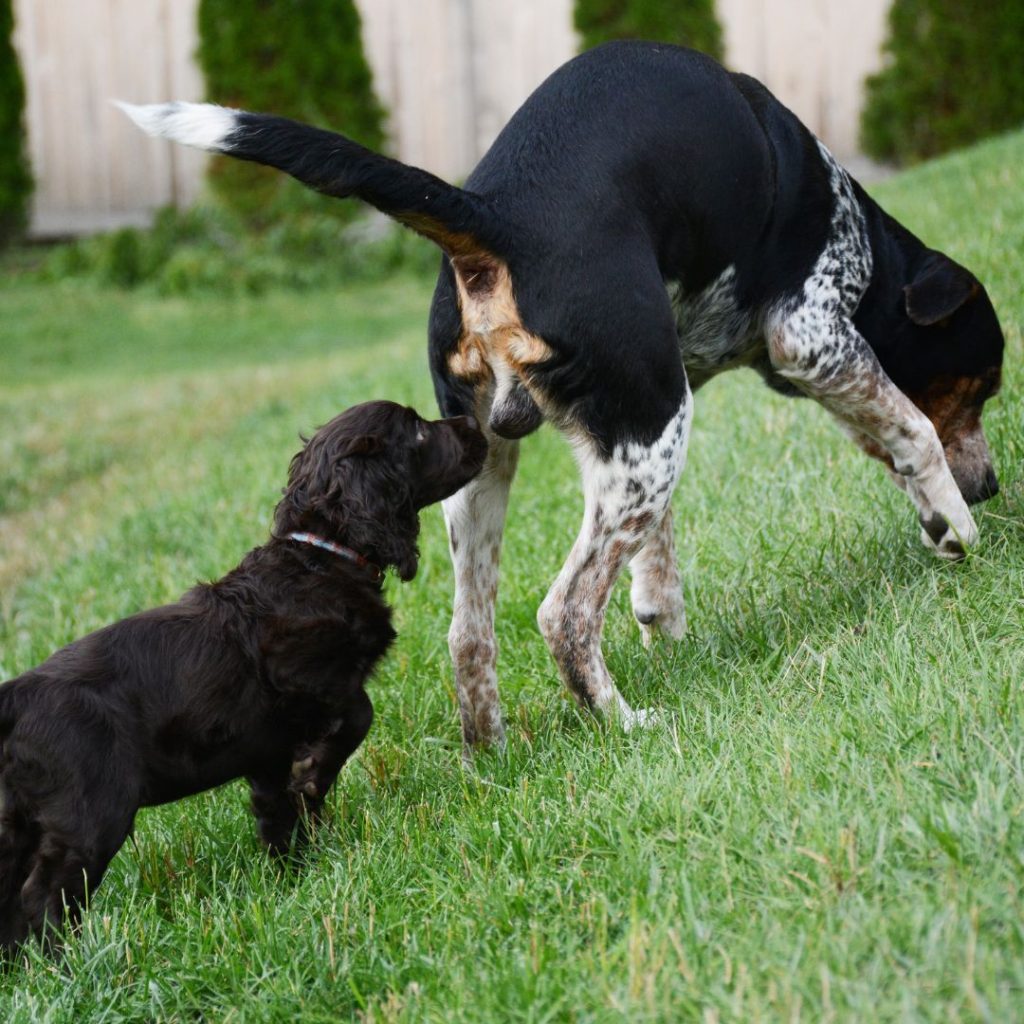
Besides providing information, this behavior has a soothing impact on dogs, helping to lower stress. It is similar to humans shaking hands and assists dogs in evaluating their compatibility with each other.
#34 Giving doggos equal love
Although dogs do not have the same emotional complexity as humans, it is still crucial to treat them equally. Contrary to common belief, dogs can detect favoritism, and feeling less loved might result in depression.
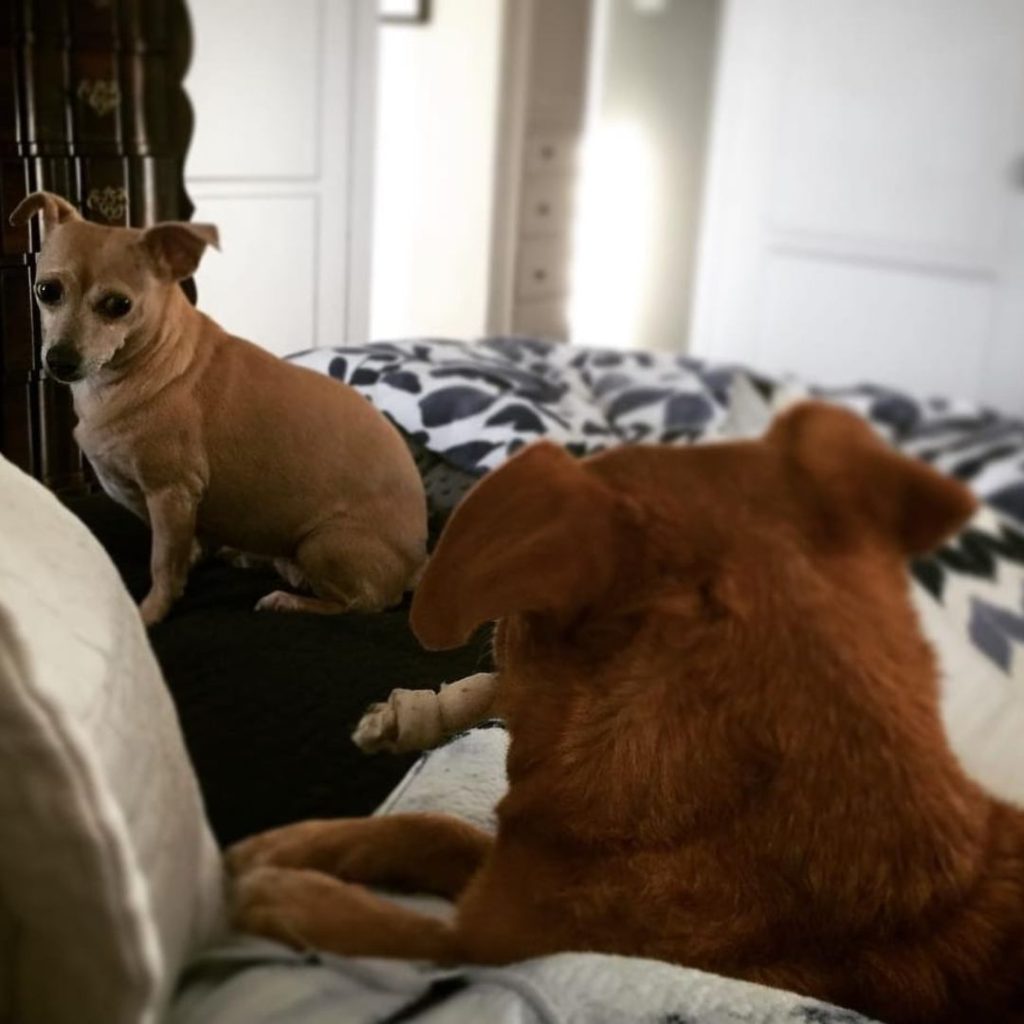
If you have several dogs, make sure each one receives the same amount of attention and care. For instance, if you give a treat to one dog, make sure the other dogs get one too. Being fair is important for keeping harmony among your pets.
#35 Training your dog properly
Training a dog demands patience, effort, and consistency, which makes it quite challenging. Many pet owners hire professional trainers to make sure their dogs are trained effectively.
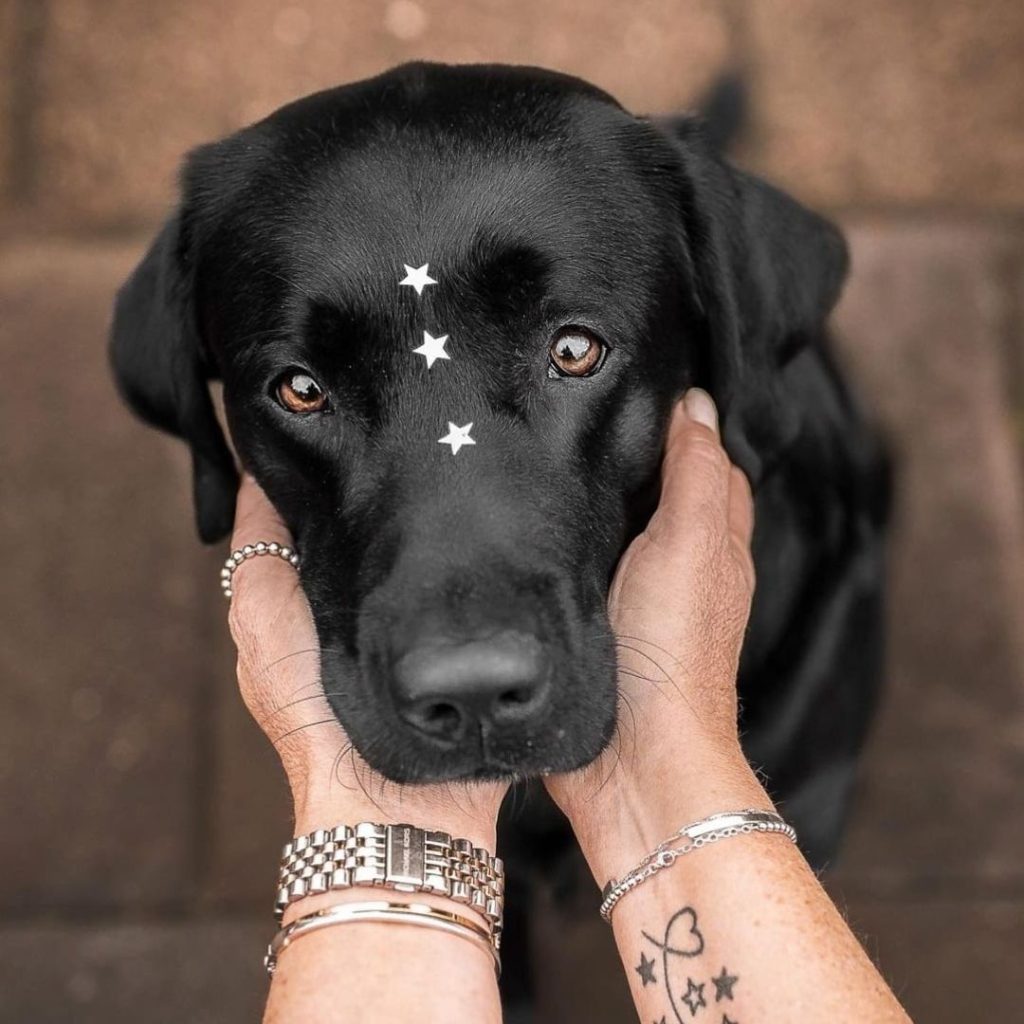
A key tip for successful training is to use the same keywords consistently to prevent confusing your dog. For example, if you use the word “potty” for bathroom breaks, stick with it instead of changing terms.
#36 Know when your dog is exhausted
Dogs are typically energetic, but they can become tired. It’s important for their health to know when they need a rest. Watch for indications such as frequent yawning, being overly excited, or just collapsing on their back.
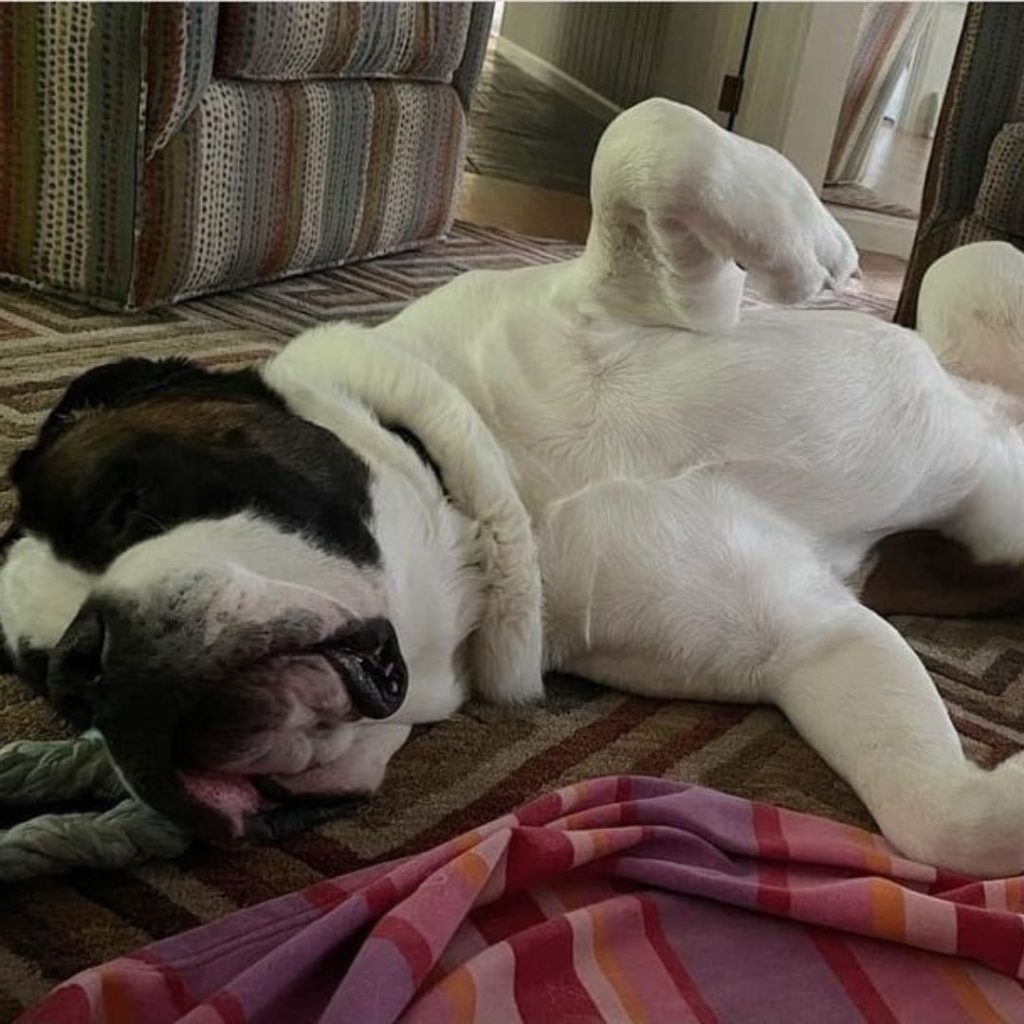
Ensuring your dog gets adequate rest keeps them happy and healthy, and ready to engage and play once they’re re-energized.
#37 Dogs seek approval
Dogs inherently desire approval from their owners, whom they perceive as their leaders. This behavior is typical, but it’s crucial to establish boundaries and manage it appropriately.
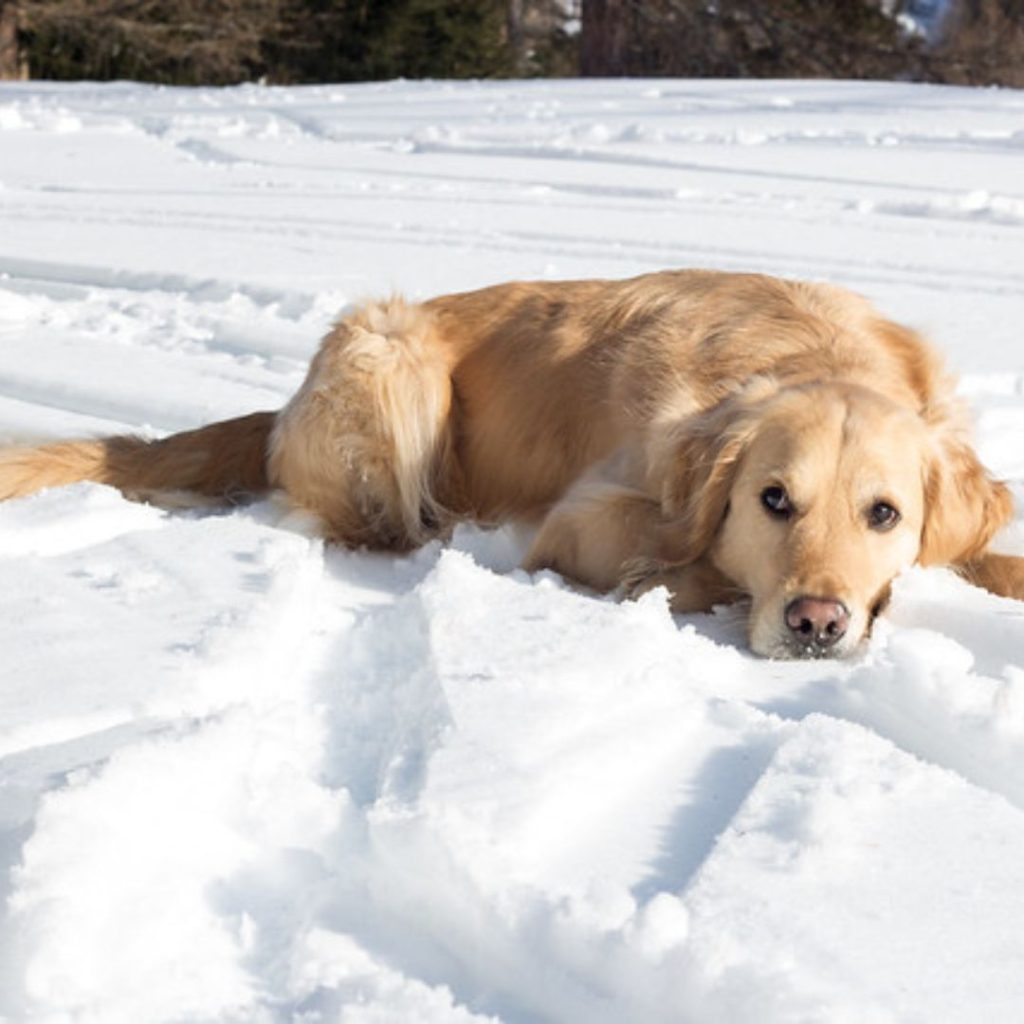
If your dog looks for approval after executing a command, give them praise or treats as a reward. This positive reinforcement enhances obedience and strengthens your connection with your pet.
#38 The floppy tongue
If your dog’s tongue is sticking out, there’s no reason to be concerned—it usually signifies they’re at ease and content. As long as it doesn’t droop awkwardly to one side, it’s completely normal.
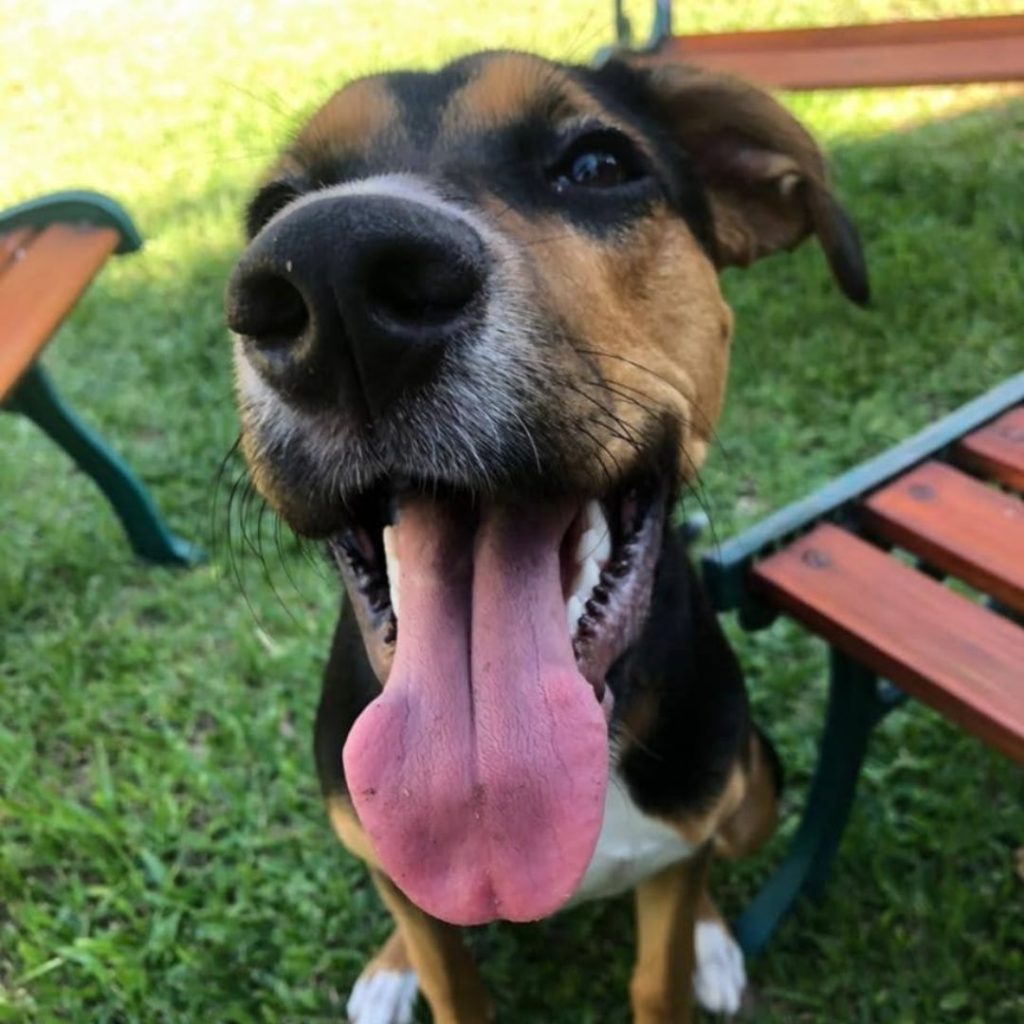
If your dog suffers from an injury to the jaw or has lost its lower canine teeth, seek advice from a veterinarian. In certain breeds, such as the Pekingese, having a floppy tongue is typical.
#39 Eating hacks
Not every dog is excited to eat their food. Some may approach it with caution, sniffing it, while others might gobble it down quickly and then search for more. It’s advisable to discourage the latter behavior to avoid developing bad habits.

Encourage your dog to eat only from their bowl, but be ready to stand firm if they try to use their charm to get extra treats.
#40 Forcing doggy friends
It’s okay if not every dog likes being around others. Pushing your dog to be with other pets can cause them anxiety and stress.
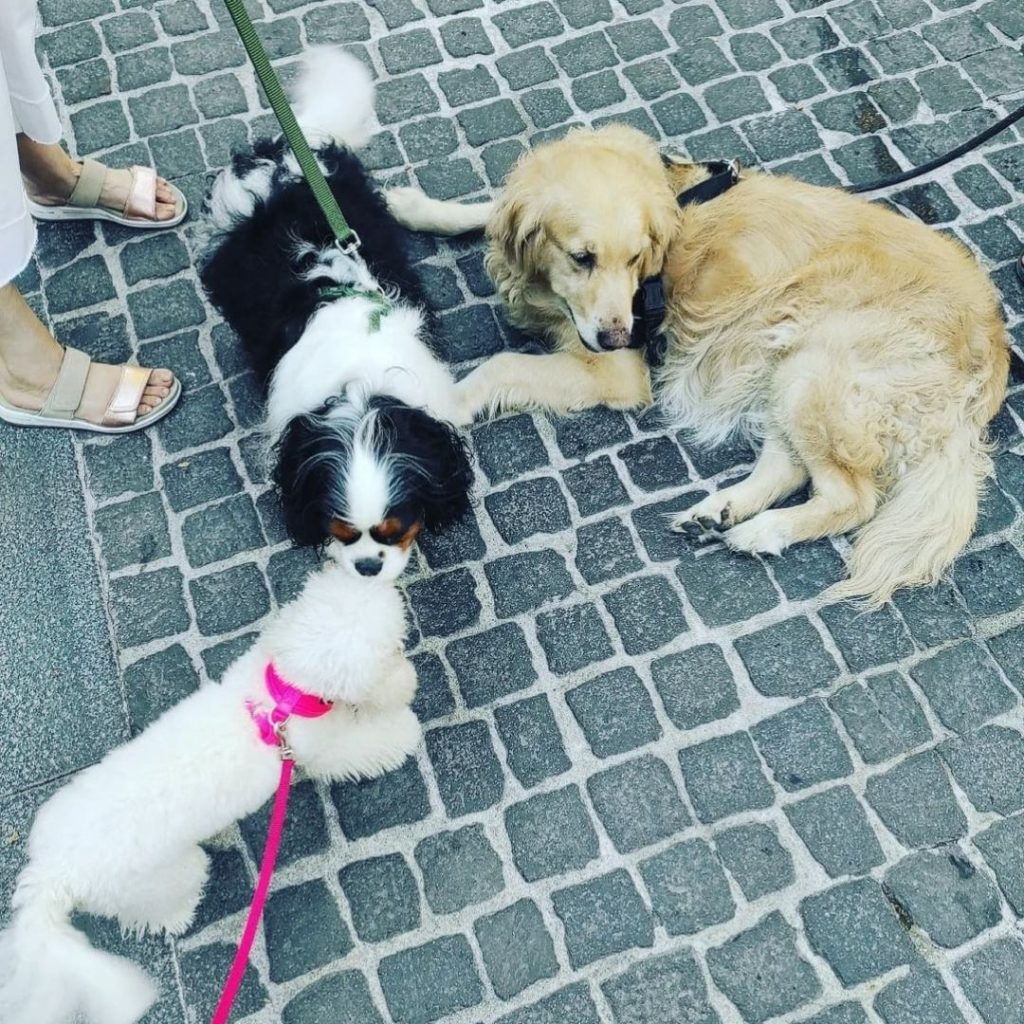
Concentrate on boosting your dog’s confidence and praising them for staying calm. It’s most effective to take a gradual and patient approach with anxious dogs.
#41 Sweet but shy
Does your dog frequently sleep curled up like a fox, with their tail tucked in and paws close? This cute sleeping posture might suggest that your furry friend has a sweet but shy personality.

Although this posture might appear limiting, it reflects their reserved yet affectionate character, particularly around unfamiliar individuals. They might be timid, but they enjoy cuddling with their trusted owners.
#42 Sitting on your lap
If you’re a woman, you might appreciate the feeling of sitting on your partner’s lap, as it fosters a sense of closeness. Interestingly, this feeling also exists in the canine world. Although not all dogs show this behavior, many greatly enjoy it.
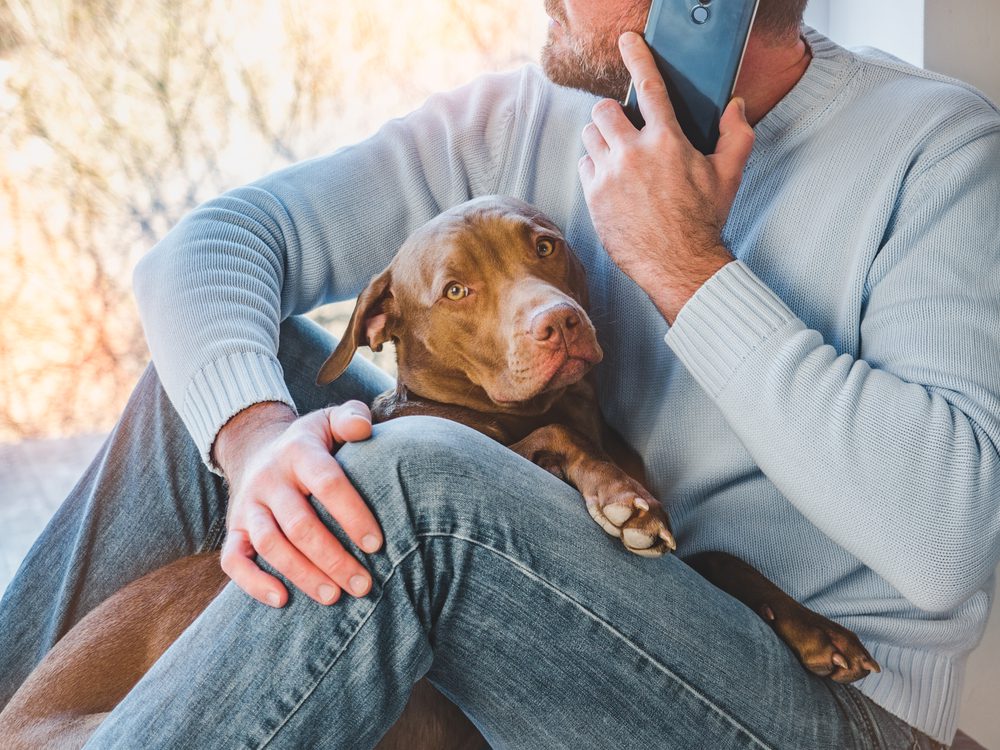
When your dog chooses to sit on your lap, it might be their way of seeking attention or wanting to feel more connected to you. Dogs often consider their owners as part of their pack, desiring warmth and companionship. This behavior could also arise from a sense of insecurity, with your dog seeking comfort and reassurance from you.
Advertisement


